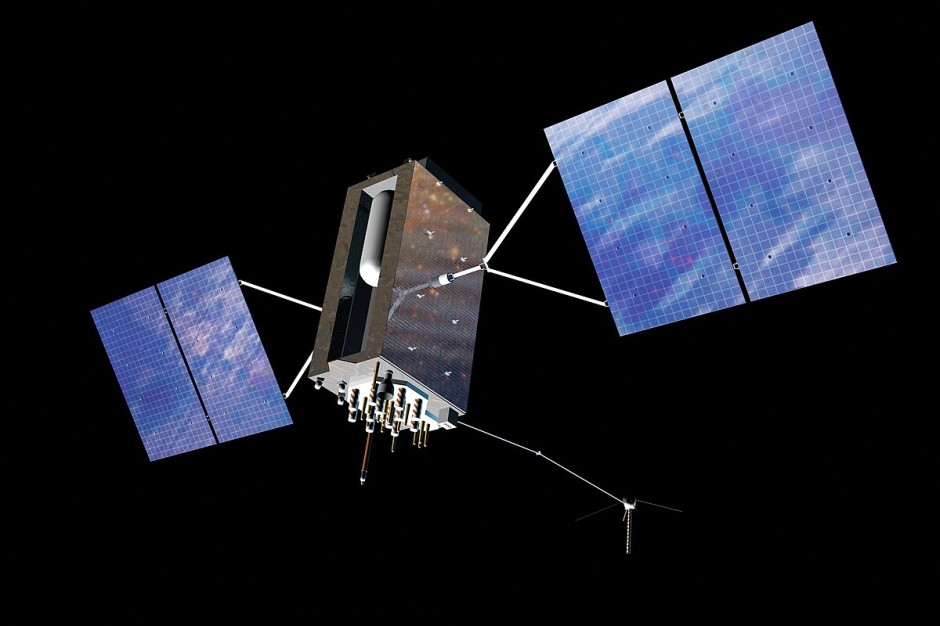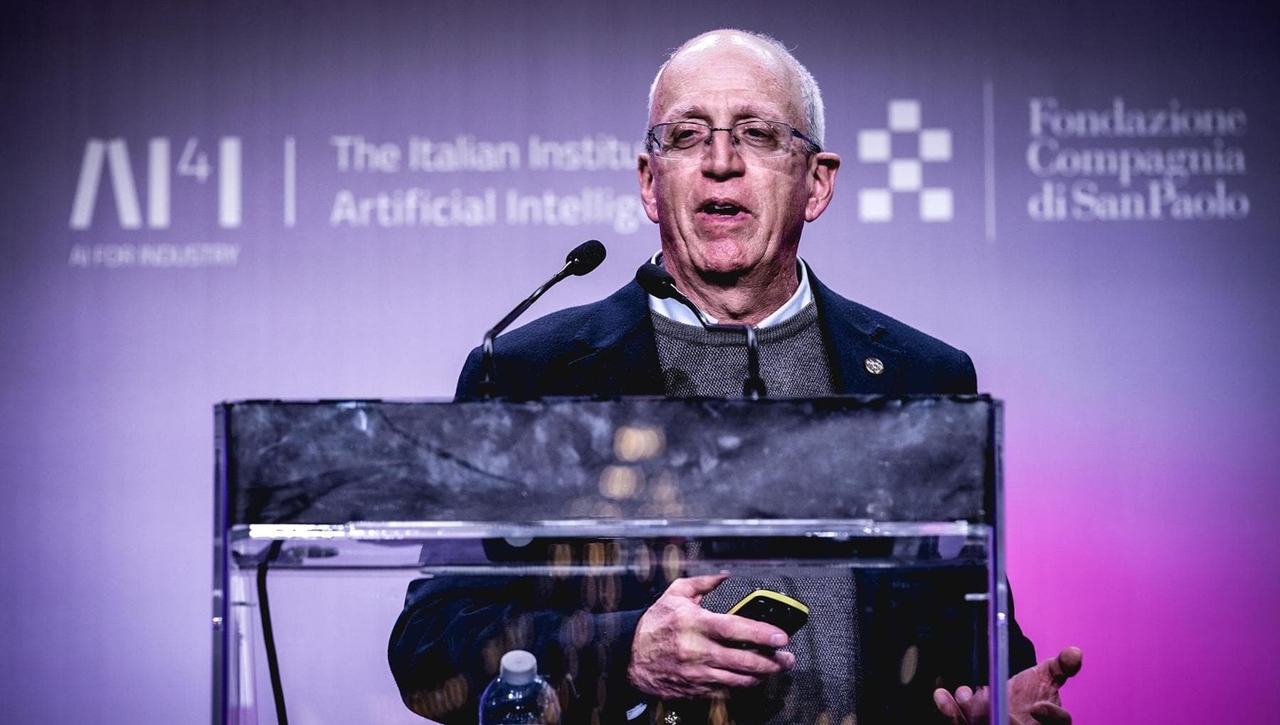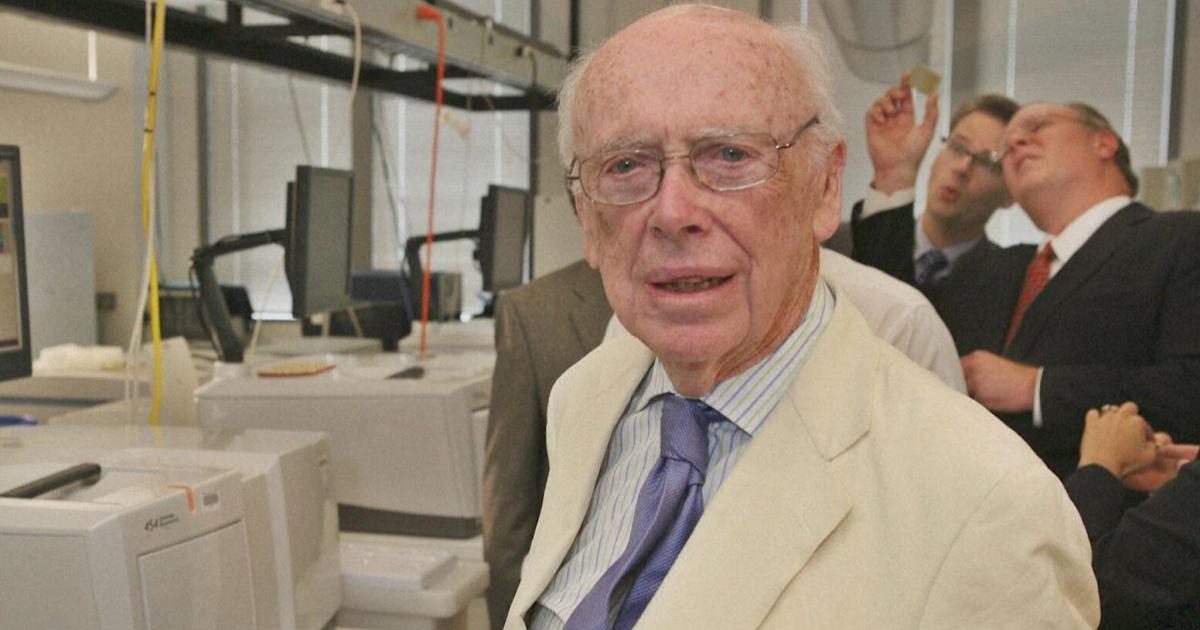From Electric to Quantum: Art's Journey at Turin's OGR

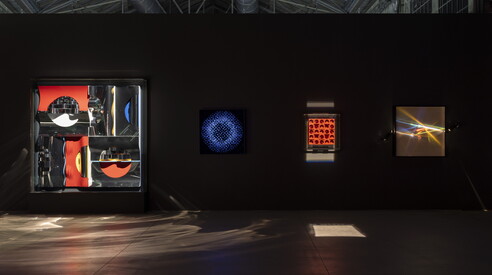
ELECTRIC DREAMS (Photo: Andrea Rossetti for OGR Torino)
two exhibitions
From post-war utopian visions to the sensibility of quantum computing. "Electric Dreams" and "We Felt a Star Dying": the former railway workshop hosts a dual journey between past and future, where artists' imaginations meet the language of machines.
On the same topic:
At the OGR in Turin, art enters a quantum state: a state in which everything can coexist, where the analog meets the artificial, matter becomes information, and perception is transformed. Lights pulse, sounds propagate through space, and sculptures narrate the passage of time. The two exhibitions, open to the public from October 31, 2025, to May 10, 2026, illustrate how our way of seeing and experiencing reality has changed through a dialogue between industrial memory and technological imagination . The first is “Electric Dreams. Art & Technology Before the Internet,” organized by the Tate Modern—the most visited British museum in the world—and OGR Turin, and curated by Val Ravaglia and Samuele Piazza . The project spans over forty years of artistic experimentation, from the 1950s to the threshold of the digital age, retracing the birth of electronic art and the way artists have used technology to redefine their relationship with the world. "Many of them," curator Samuele Piazza explains to Il Foglio, "perceived technology as a collective resource, to be directed toward social uses." "Electric Dreams" showcases this shared imagination, conveying a sense of an era when the computer was still a mysterious object and the internet a distant horizon, but creativity already spoke the language of electricity, code, and interaction.

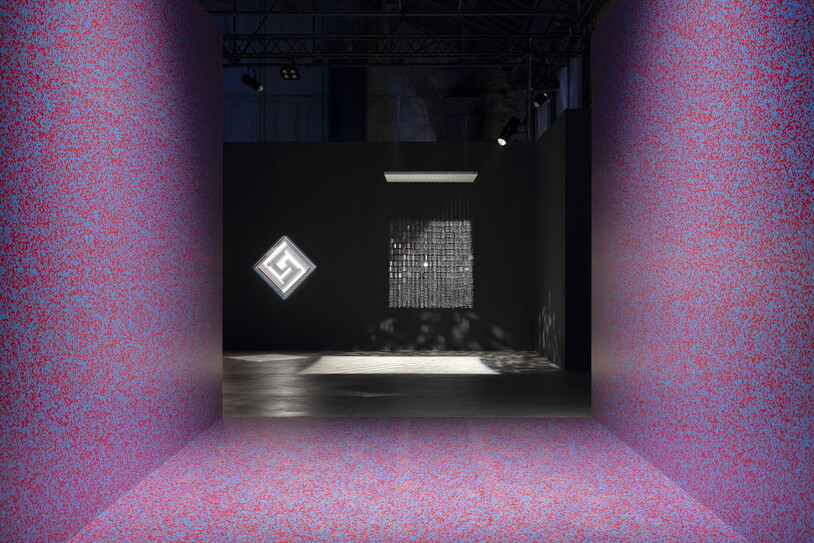
The exhibition brings together key figures in the history of technological art, such as Liliane Lijn, David Medalla, Nanda Vigo, Heinz Mack, Otto Piene, and Carlos Cruz-Diez, whose works, combining light, movement, and perception, shape a collective vision of modernity. The exhibition's four sections follow a chronological path from the first optical and kinetic experiments to the first computer applications and virtual reality experiments of the 1980s. It's a journey that evokes the utopian and collaborative dimension of those years, when artists and engineers, working together in research laboratories and technology companies, redefined the boundaries between science, art, and society. "It's interesting to look at models from the past in which artists actively collaborated, driving the technological process," Piazza observes. "Many of them invented tools that are common today, from synthesizers to image capture systems. Art became a laboratory of possibilities, capable of pushing technology beyond its original functions."
At the OGR, the works engage with the structure of the former railway workshop, transforming iron, light, and sound into a sensorial map of technological memory. Along the way, “Electric Dreams” ideally intertwines with another exhibition hosted in the same spaces, “We Felt a Star Dying” by Laure Prouvost , curated by Piazza himself, which brings the reflection to the field of quantum computing and immaterial perception. The title comes from a true incident that occurred in the Google Quantum AI laboratories. “It’s a phrase born in the lab,” Piazza tells us. “A quantum computer was experiencing cosmic interference, likely due to an exploding star. For physicists, it was a technical problem, but for the artist, it became a poetic image, an opportunity to reflect on sensitivity to invisible forces and how to redefine a language still in its infancy.”
In Prouvost's installation, matter dissolves into luminous vibrations, images, and scents that evoke the instability of reality. "The entire exhibition is an attempt to give physical and perceptible form to a world that escapes mechanical rationality," explains Samuele Piazza. "The sculptures move like organisms, the video deforms like an electronic consciousness, sound becomes matter that passes through the body. It is an opening toward a new sensibility, capable of imagining a different reality, perhaps even a different ethics." In this universe poised between physics and poetry, the artist allows error, interference, and glitches to become an integral part of the language. "The videos that are projected somehow have a flavor, they generate an immediate, almost artificial sensation, in which the image is interrupted, changes, becomes something else. It is the machine's interpretation of what it sees, a shared agency between the artist and the random interference."
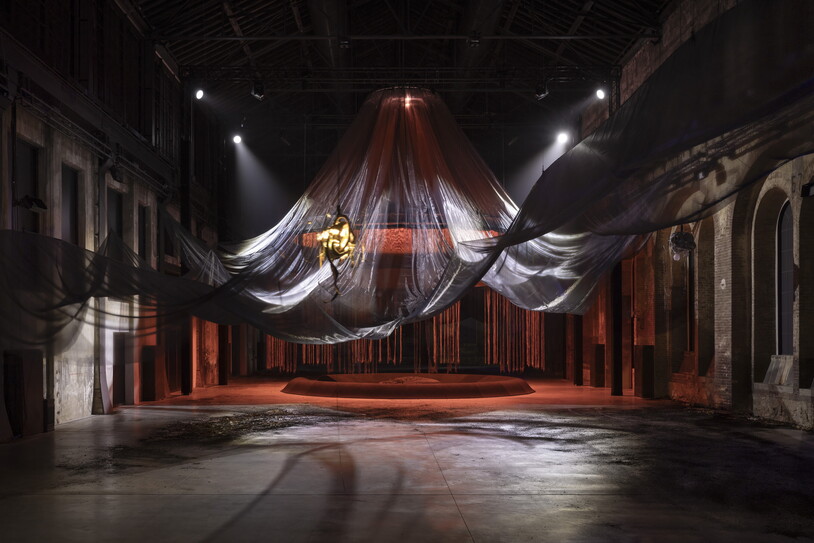
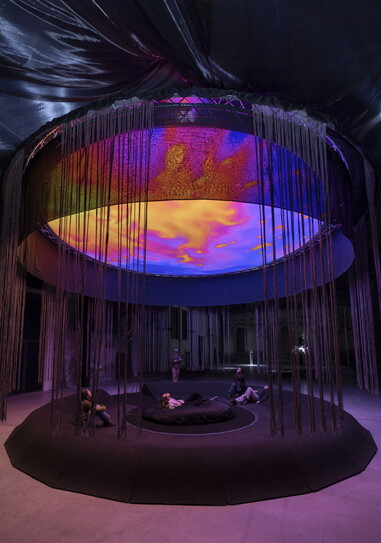
The intertwining of "Electric Dreams" and "We Felt a Star Dying" thus constructs a narrative spanning more than half a century of the relationship between art and technology: from the analog dream of its origins to the quantum sensitivity of the present. While the former exhibition reconstructs the genealogy of the electronic imagination, the latter represents its metamorphosis in the era of artificial intelligence and computers that "feel." "Looking at the models of the past," Piazza concludes, "means asking how artists today can once again become co-authors of technological progress. Art is still the place where the languages of the future are imagined."
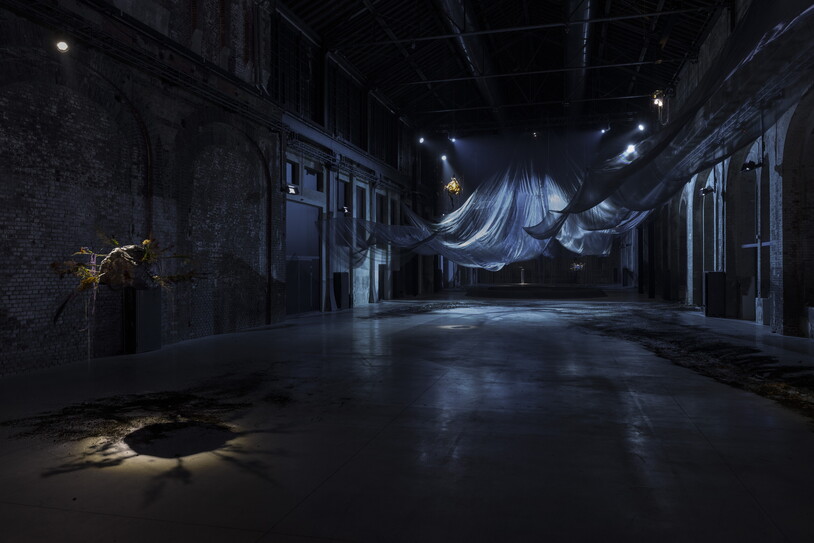
More on these topics:
ilmanifesto


